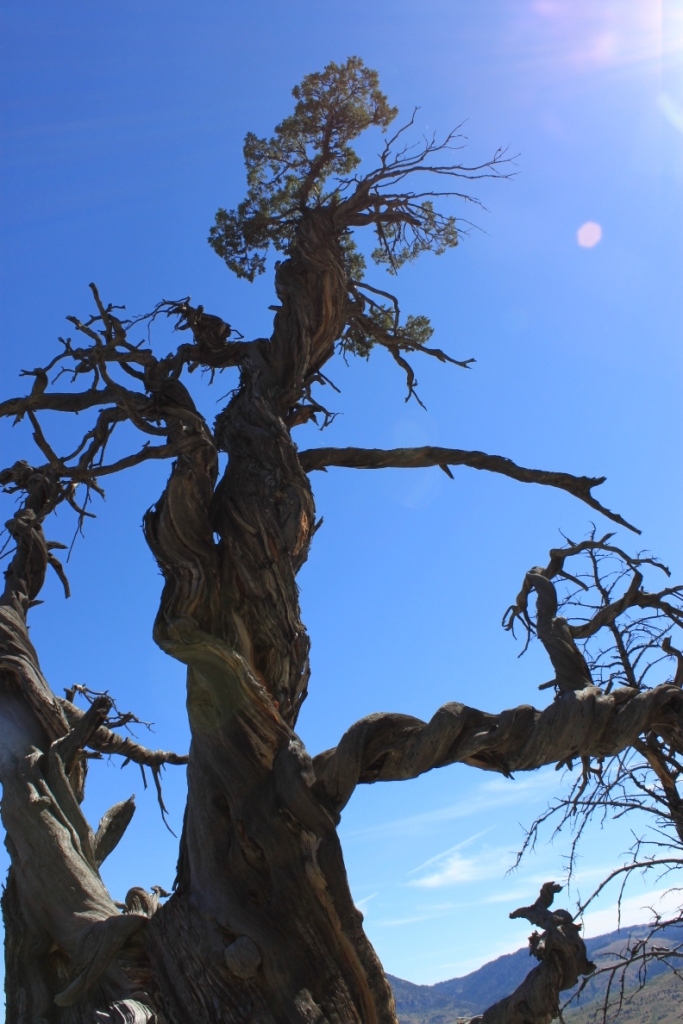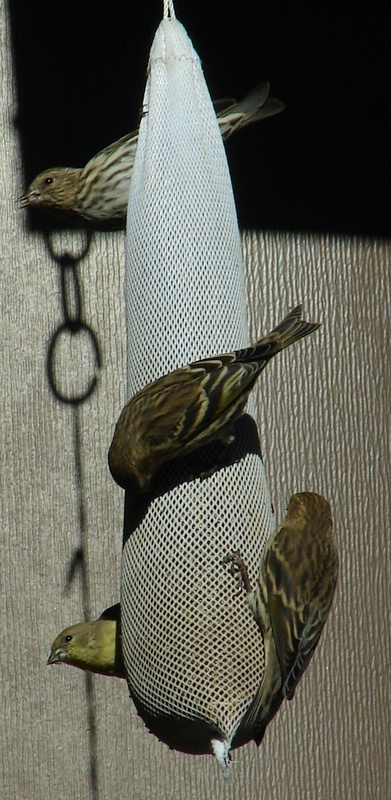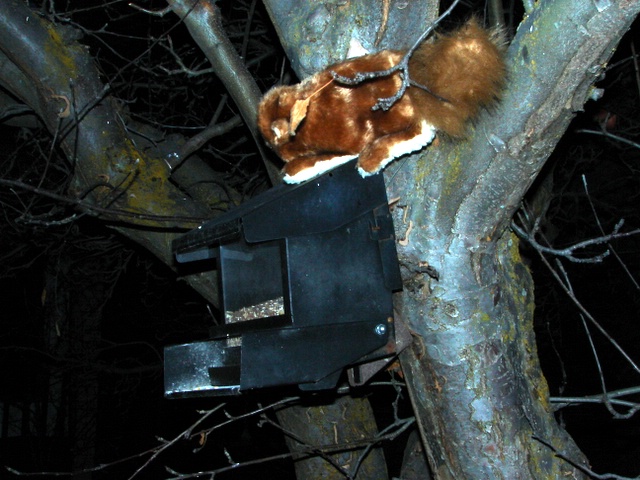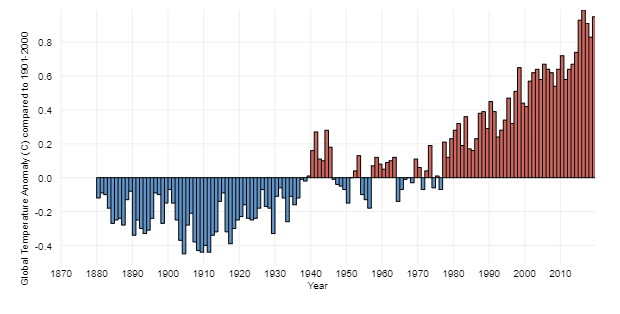
Click to visit https://www.climate.gov/news-features/understanding-climate/climate-change-global-temperature and explore interactive graph.
Courtesy NOAA Climate.gov
When I’m standing in line at the post office on a cold, snowy day, I inevitably hear someone make a sarcastic comment about global warming. The reality is, weather and climate are two distinctly different measures. Weather is the combination of current atmospheric conditions, such as temperature, humidity, precipitation, and wind. It changes from day to day, sometimes from minute to minute. It affects our choices of clothing each day, or whether we carry an umbrella.
Climate, however, is a prediction of future weather conditions based on data that have been collected during at least the past few decades. Climate can change as well, but this occurs more slowly over greater time scales. Climate determines which plants we can grow and how much we insulate our homes.
During the last 500 million years, the earth has experienced several different climates from very warm periods to ice ages. Between about one hundred thousand to ten thousand years ago, the planet was impacted by an Ice Age where 30% of the earth was covered by ice extending from the poles. During part of this time, much of Utah was covered by Lake Bonneville, and was home to several now-extinct mammals, such as mammoths, saber-toothed cats, and ground-sloths.
The modern era has also seen climatic changes. Ocean sediments and polar ice core data show that from 900-1300 A.D., the earth’s climate was warmer than normal. However, between about 1300-1900 A.D., the earth experienced a little ice age. Scientists believe this was caused by a combination of three major, natural events- less solar radiation reaching Earth, five major volcanic eruptions, and the disruption of ocean circulation due to melting polar ice caps.
Even though Utah has the second driest climate in the country, annual precipitation has actually increased 14% since the late 1800’s. Sounds great, right? Well, during this same time period, the average temperature has increased three degrees Fahrenheit. This means that more of Utah’s precipitation is falling as rain rather than snow. Because water is released from snowpack at a slower rate, we are provided with water throughout the year. If more of this water comes from rain, it could result in increased stream flow in winter and spring, but decreased stream flow in summer and fall. Furthermore, it is predicted that Utah will be faced with a reduction in snowpack upwards of 50% by the year 2085.
While those of us who enjoy winter sports might experience a gradually shortening ski season, less snowpack is likely to affect us all throughout the year. With Utah’s population expected to double around the year 2050, we’ll need to find creative solutions to an increased demand on water resources.
For Wild About Utah, I’m Mark Larese-Casanova.
Credits:
Utah’s Changing Climate and Weather
Images:
Text: Mark Larese-Casanova, Utah Master Naturalist Program at Utah State University Extension.
Utah’s Changing Climate and Weather
Additional Reading:
Climate Change and Utah. 1998. US Environmental Protection Agency. EPA 236-F-98-007z. Available at: https://nepis.epa.gov/Exe/ZyPDF.cgi?Dockey=40000PTI.PDF
Hotter Utah- Not All Bad? 2007. Deseret News. March 18, 2007. Available at: https://www.deseretnews.com/article/660204298/Hotter-Utah–not-all-bad.html
Global Warming: What about Water? 2006. Salt Lake Tribune. October 30, 2006. Available at: https://archive.sltrib.com/article.php?id=4149629&itype=NGPSID
Lindsey, Rebecca and Dahlman, LuAnn, Climate Change: Global Temperature, Climate.gov, NOAA,
Steenburgh, Jim, Wasatch Weather Weenies https://wasatchweatherweenies.blogspot.com/
Weatern Regional Headquarters, National Weather Service, National Oceanographic and Atmospheric Administration(NOAA) https://www.weather.gov/wrh/


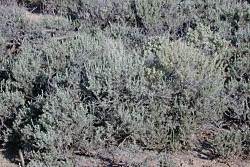 Big Sagebrush
Big Sagebrush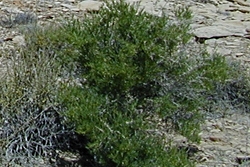 Shadscale Saltbush
Shadscale Saltbush